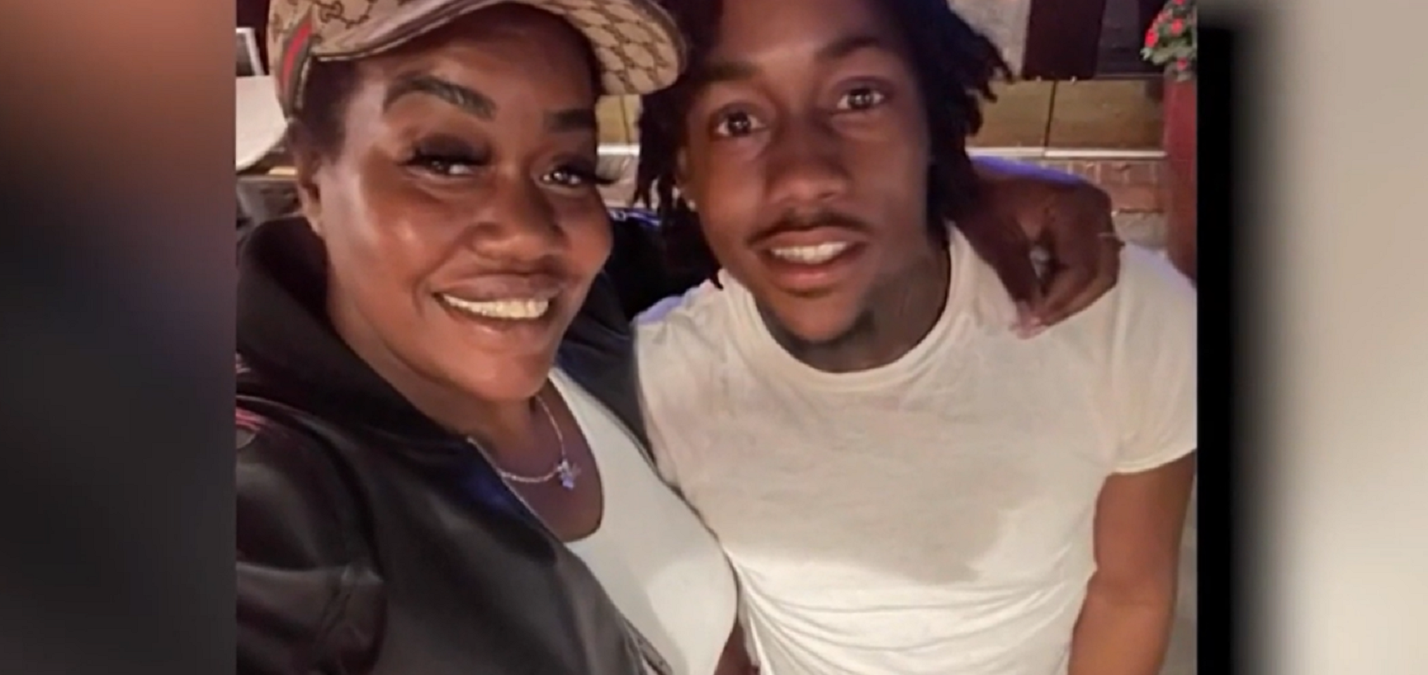In a nation which prides itself on learning from tragedies, last year's medical helicopter crash in Aurora was a heart-rendering disaster for four different families, but it was hardly an isolated incident.
In the 11 months between December of 2007 and the Aurora crash, 35 people died in nine medical helicopter crashes nationwide, making 2008 the deadliest year on record.
That statistic prompted the National Transportation Safety Board on Tuesday to begin the first of four hearings into the highly competitive medevac business.
"There have been entirely too many," said NTSB Chairman Robert Sumwalt. "We intend to put a spotlight on this industry."
Once the work of ground ambulances, these helicopters are now dispatched about 1000 times each day, in most cases for non-emergency situations. Critics say that because Medicare and insurance companies are willing to pay up to $10,000 a flight, it creates a strong business incentive for companies to perform as many flights as possible, ABCNews.com reported.
The NTSB has called for mandatory use of night vision goggles and terrain avoidance technology on all medevac flights. The chopper involved in last October's Aurora crash could have had the terrain avoidance capability, but didn't.
"The software was never installed. it's like driving your car without headlights," said Arlette Mann, the mother of William Mann, who died in the Air Angels crash.
Local
Considered an expert on medevac safety, the University of Chicago's Dr. Ira Blumen told the NTSB that the EMS crash rate for the last five years is actually lower than for helicopters in general, but the fatality rate is higher.
"I think it has to do with the type of accidents that we had," Blumen said.
His own analysis of fatal medevac crashes shows that in the last 10 years, nearly half -- 49 percent -- have happened at night. A staggering 77 percent were attributable to human error, with 42 percent involving collisions with terrain or manmade objects.
"We need state laws. We need federal laws. And this is something that's going to continue to happen unless action takes place that we need to take place," said Attorney Donald Nolan, who applauded the NTSB for addressing a problem which has alarmed aviation professionals nationwide.
Nolan represents the family of Kirstin Blockinger, a 14-month-old girl who died in the Aurora crash.
"We need preventative measures put in place," Nolan said.
According to the Chicago Sun-Times, the Blockinger family is in Washington, D.C. to attend the hearings, but will not testify
"In this day and age, colliding inadvertently with man-made towers, buildings, bridges and whatnot is inexcusable," the couple said.
No one from Air Angels will be present, but the company is represented by organizations from the medical helicopter industry, a spokesman said Monday.



